Rise of E-commerce Platforms
The Cosmetic Products Market is experiencing a notable shift towards e-commerce platforms, which have become increasingly vital for consumer engagement and sales. In 2025, online sales are projected to account for approximately 30% of total cosmetics sales, reflecting a growing preference for convenience and accessibility. This trend is driven by the proliferation of mobile devices and social media, which facilitate product discovery and purchasing. Brands are investing in digital marketing strategies to enhance their online presence, thereby reaching a broader audience. The rise of e-commerce not only allows for personalized shopping experiences but also enables brands to gather valuable consumer data, which can inform product development and marketing strategies. As a result, the Cosmetic Products Market is likely to continue evolving in response to these digital trends, potentially reshaping traditional retail dynamics.
Expansion of Men’s Grooming Products
The Cosmetic Products Market is experiencing a notable expansion in the segment of men’s grooming products. As societal norms shift, there is a growing acceptance of male grooming, leading to increased demand for cosmetics tailored specifically for men. In 2025, the men’s grooming market is expected to reach a valuation of over 20 billion dollars, reflecting a significant growth trajectory. Brands are responding by diversifying their product offerings to include skincare, haircare, and cosmetics designed for male consumers. This expansion not only caters to a previously underserved market but also indicates a broader trend towards inclusivity in beauty standards. The Cosmetic Products Market is thus likely to continue evolving, with brands recognizing the potential of the male demographic as a key driver of future growth.
Growing Demand for Natural Ingredients
The Cosmetic Products Market is witnessing an increasing consumer preference for products formulated with natural and organic ingredients. This trend is largely driven by heightened awareness of health and environmental issues, as consumers seek products that align with their values. In 2025, it is estimated that the market for natural cosmetics will grow at a compound annual growth rate of around 8%, indicating a robust demand for clean beauty products. Brands are responding by reformulating existing products and launching new lines that emphasize transparency and sustainability. This shift not only caters to consumer preferences but also positions brands favorably in a competitive market. The Cosmetic Products Market is thus adapting to these changing consumer expectations, which may lead to a more significant emphasis on ingredient sourcing and ethical production practices.
Influence of Social Media and Influencers
The Cosmetic Products Market is significantly influenced by social media platforms and the rise of beauty influencers. In 2025, it is projected that over 70% of consumers will rely on social media for beauty product recommendations, highlighting the power of digital word-of-mouth. Influencers play a crucial role in shaping consumer perceptions and driving purchasing decisions, often showcasing products through tutorials and reviews. This trend has prompted brands to collaborate with influencers to enhance their visibility and credibility. As a result, marketing strategies are increasingly focused on social media engagement, with brands investing in targeted advertising and influencer partnerships. The Cosmetic Products Market is thus evolving to leverage these digital channels, potentially leading to innovative marketing approaches that resonate with younger consumers.
Technological Advancements in Product Development
The Cosmetic Products Market is increasingly benefiting from technological advancements that enhance product development and consumer experience. Innovations such as augmented reality and artificial intelligence are being integrated into the shopping experience, allowing consumers to virtually try on products before purchase. In 2025, it is anticipated that the use of technology in cosmetics will lead to a more personalized shopping experience, with brands utilizing data analytics to tailor recommendations to individual preferences. Additionally, advancements in formulation technology are enabling the creation of more effective and innovative products. This integration of technology not only improves consumer satisfaction but also streamlines production processes within the Cosmetic Products Market. As brands continue to embrace these advancements, the potential for growth and differentiation in a competitive landscape appears promising.
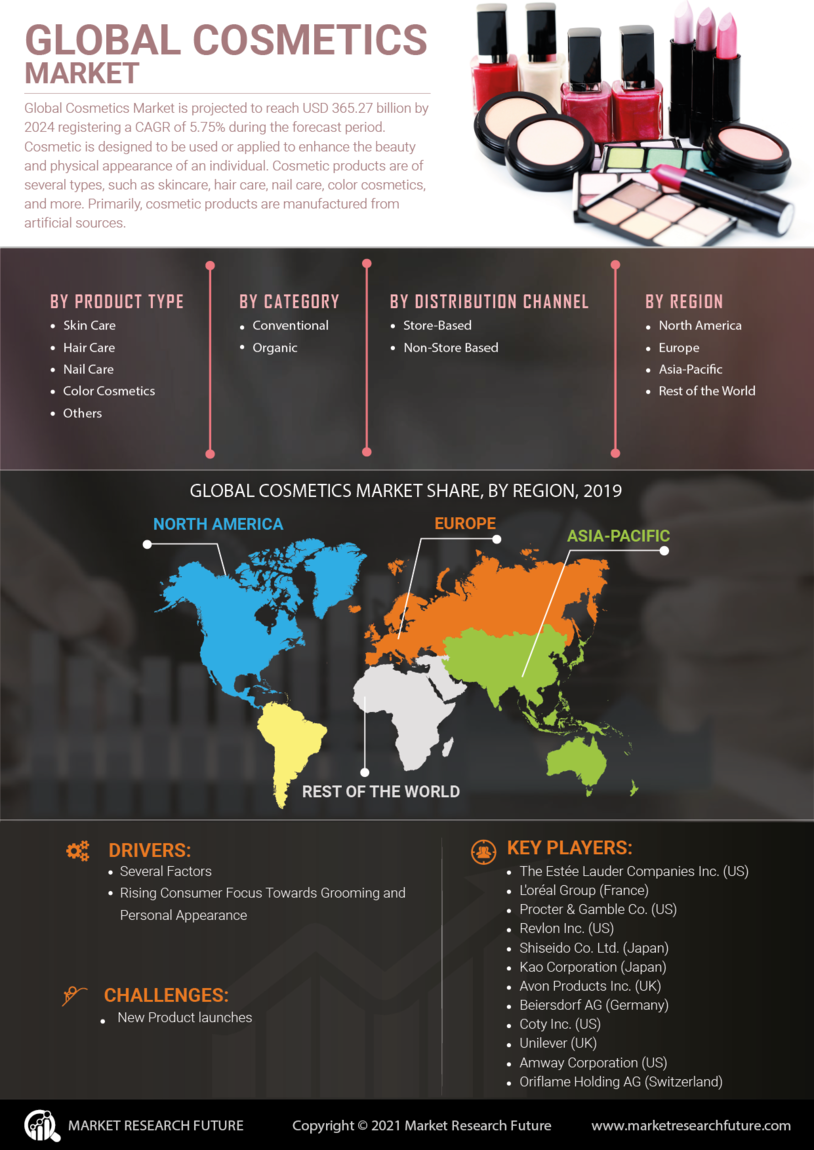

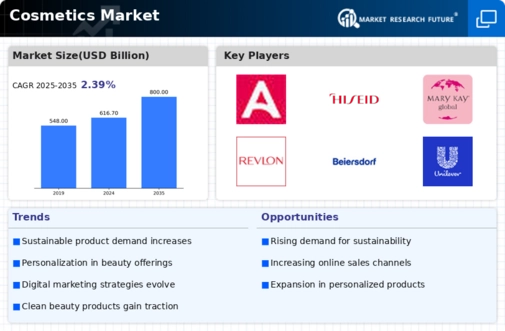
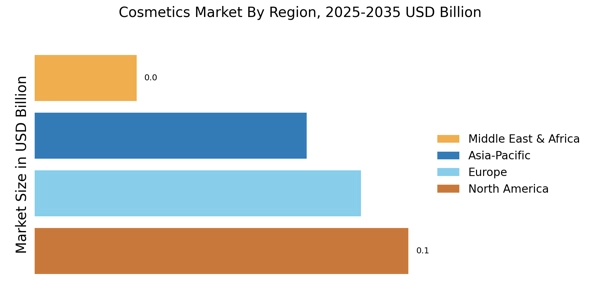
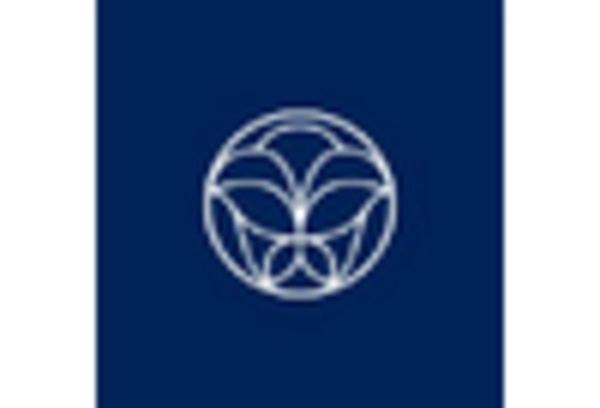
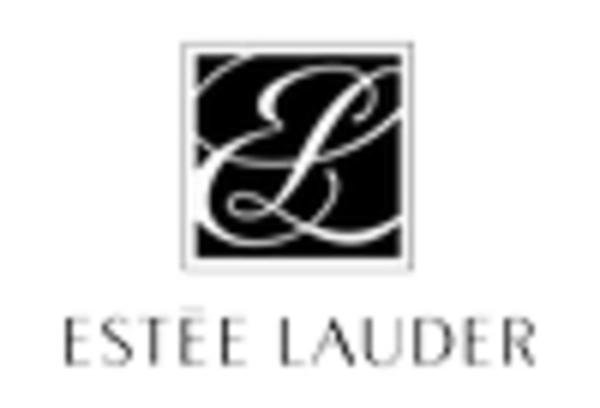
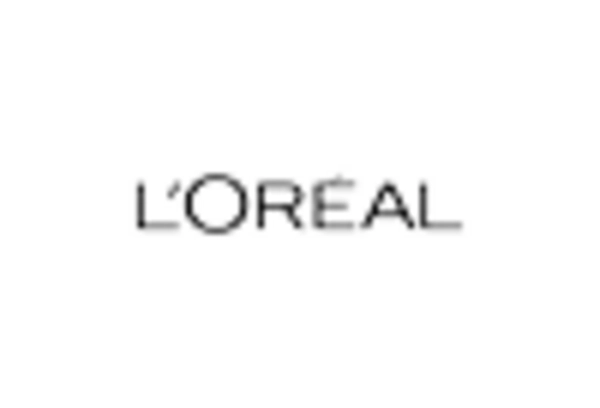
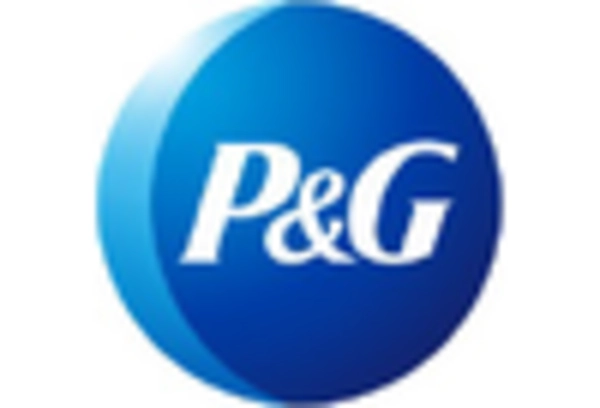
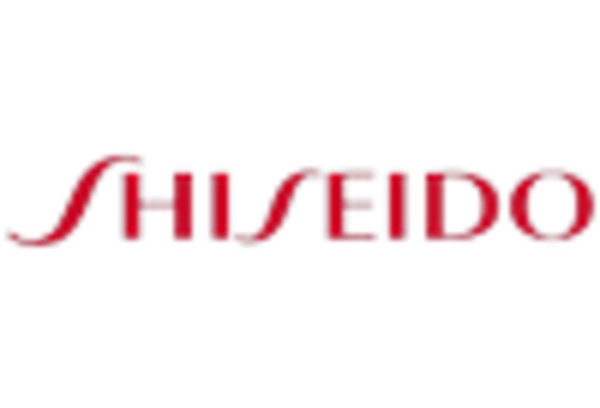
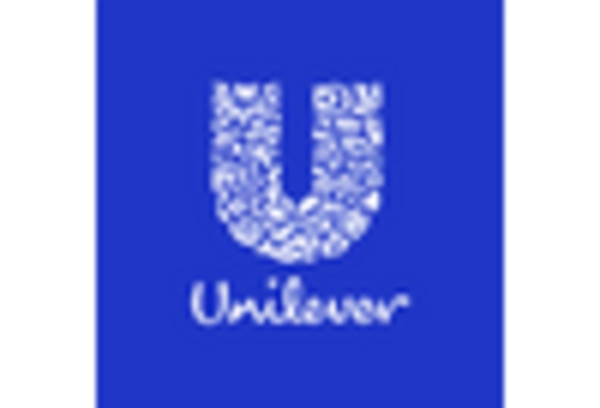








Leave a Comment